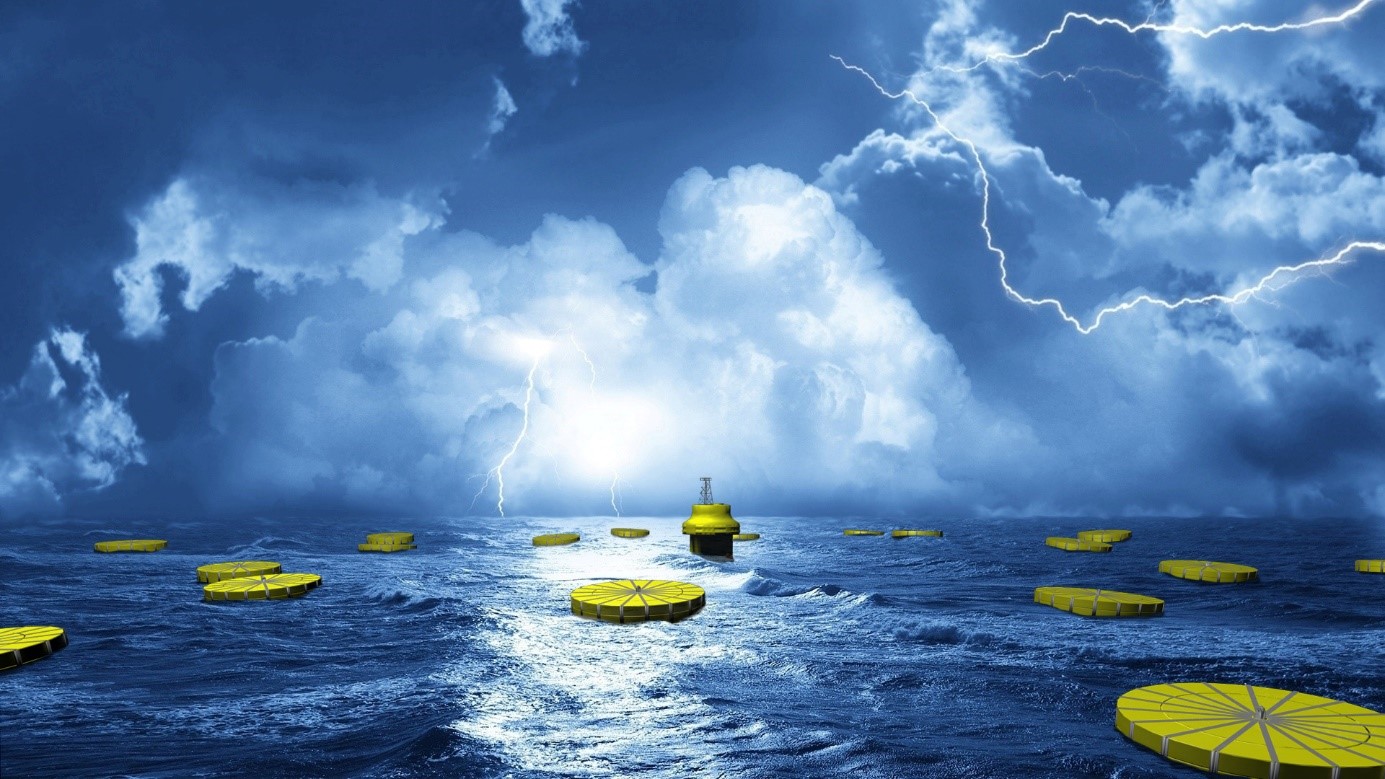Ocean Harvesting’s InfinityWEC design update

26.11.2019
Renewable energy, electrification and energy storage are often discussed in relation to the transition to a sustainable society. Ocean Harvesting Technologies AB is developing the wave energy converter InfinityWEC, with technology similar to that which will be used in future electric cars.
After becoming interested in wave power, electrical engineer Mikael Sidenmark decided to start a company to develop and test his ideas:
“Over the years, we’ve developed and evaluated several different concepts, with the goal of making the technology sufficiently competitive. Wave power has enormous potential, but is technically challenging because waves are powerful, slow and vary greatly in size, and the marine environment overall is very demanding.”

The focus has been on computer simulations to analyse control, performance and other requirements for components in the system, in order to provide input to system design and to suppliers. The company has also closely followed technology development in other industries to find the technical solutions that are best suited for application in wave power.
“We do not develop our own components, instead we integrate existing technology. The most important parts are ball screws to convert the buoy’s movement into rotation, direct-drive electric motors similar to those we’ll see in future electric cars, and energy storage in the form of flywheels, that can meet the demands of high power and many charge and discharge cycles,” says CEO Sidenmark.
Since 2017, OHT has been focusing on InfinityWEC. Each individual wave power plant can produce up to 500 kW of average power and 2 GWh annually, and will be included in wave farms of 100-500 MW. The goal is to reach an energy production cost of 100 euros per MWh, and to be able to reduce this to 35 euros per MWh on a large scale. OHT’s most important partners are Sigma Energy & Marine in Gothenburg, for system design and integration; Japan’s NSK, a world’s leading supplier of ball screws; and Teraloop in Finland for energy storage.
The optimization study has already cut costs
The company is now carrying out a study to analyse and optimize the cost and performance of a 100 MW wave farm. This project is part-financed by the Swedish Energy Agency.
“First of all, we have improved the basic construction in several ways, for example, the buoy and drive train are now divided into two separate units, and the buoy has a new structure with buoyancy blocks. We have also halved the control force that is handled via ball screws, motors and electrical systems on board, by integrating a pneumatic so-called bias spring into the system, with maintained annual production,” says the CEO.
Simulation and cost analyses are now being carried out to optimize the most important parameters of the system’s design.
“It is important to find the balance between performance and cost at component level to identify the system configuration that provides the lowest energy production cost. It is also crucial to get as much energy as possible in relation to the sea surface used,” says Sidenmark.
The benefits of wave power and the company’s next steps
Interest in marine energy has increased in step with climate change and forecasts of future electricity needs. The benefits of wave power are many – among other things, InfinityWEC can produce ten times more energy per sea surface compared to wind power. Wave power also provides smoother and more predictable energy production, as the short variations are evened out. In addition, the visual impact is negligible.
“Wave power is an almost unlimited energy resource that is also close to densely populated areas,” says the CEO. In 2020, OHT will build and test InfinityWEC’s half-scale power take-off in a land-based test rig, and then install it in a buoy for sea trials. The next steps will be to test the technology at full scale before commercialization in collaboration with OHT partners.
“The technology has excellent conditions for commercial success. It can also contribute to the transition to a sustainable energy system and society,” concludes Mikael Sidenmark.
